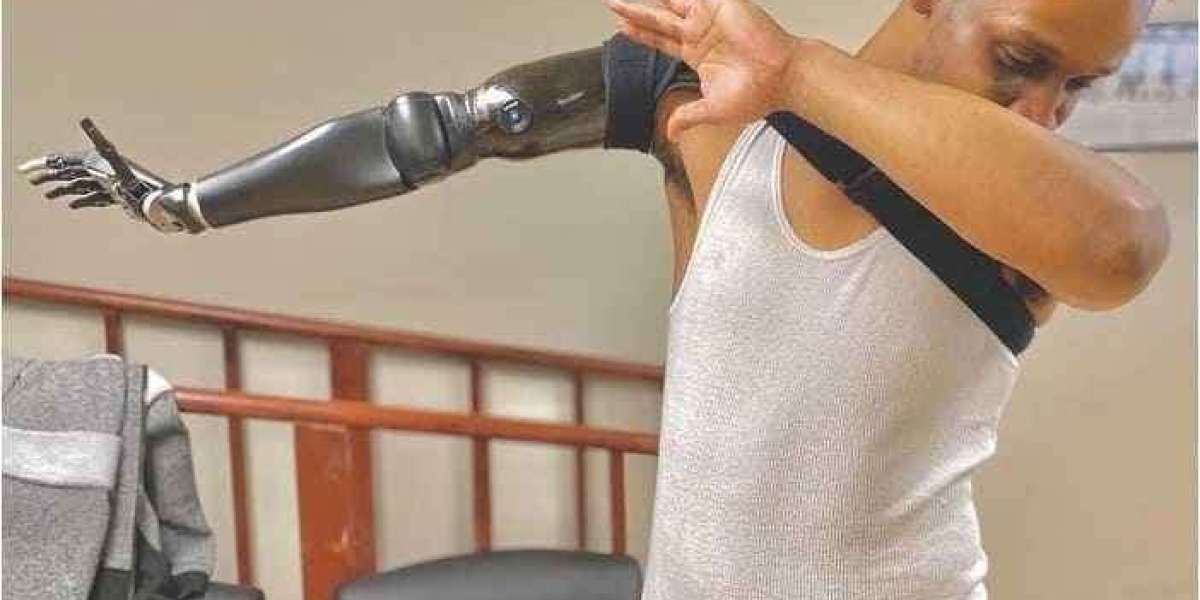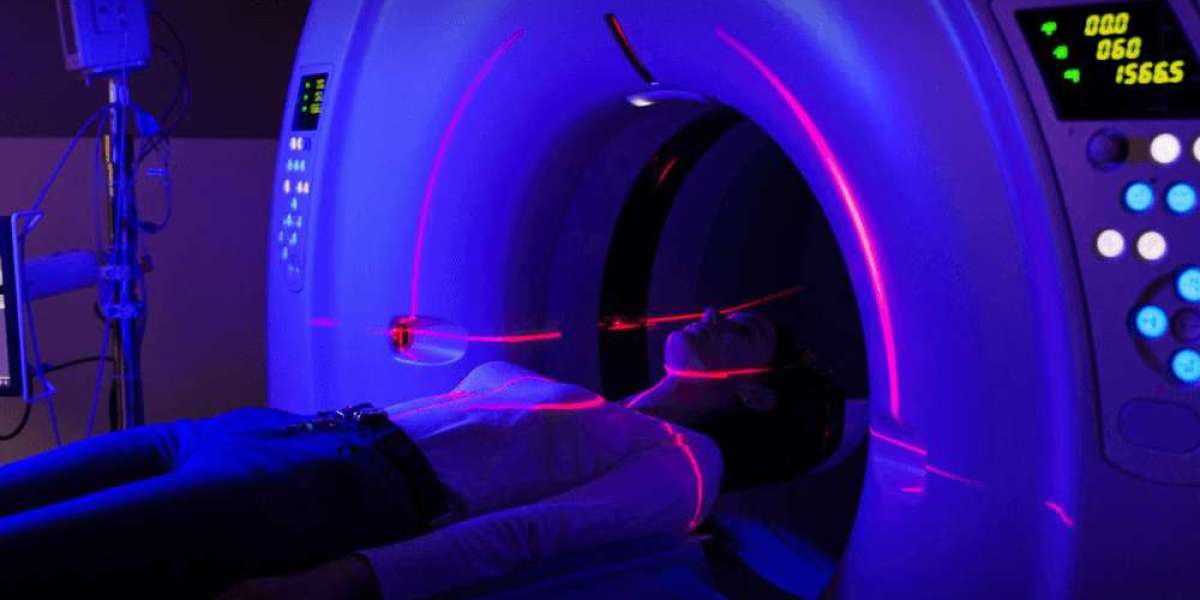In recent years, advancements in bionic technology have transformed the landscape of prosthetics, offering new hope and improved quality of life for individuals with limb loss. This blog post delves into the cutting-edge developments in lower extremity prosthetics and above elbow prosthetics, shedding light on the incredible bionic components that are propelling the field forward.
Lower Extremity Prosthetics:
- Bionic Ankles and Feet:
- The integration of bionic ankles and feet has significantly enhanced mobility and stability for lower limb amputees. These prosthetic components utilize advanced sensors and actuators to mimic natural gait patterns, providing a more fluid and natural walking experience.
- Responsive Knee Joints:
- Modern knee joints in lower extremity prosthetics have evolved to be more responsive and adaptable. With the incorporation of microprocessors, these bionic knees can adjust to different walking speeds, terrains, and even inclines, offering users greater flexibility and confidence in their movements.
- Powered Prosthetic Limbs:
- The emergence of powered prosthetic limbs has ushered in a new era for amputees. These devices utilize motors and artificial intelligence to assist with activities such as climbing stairs, walking on uneven surfaces, and even running. The result is a prosthetic that feels more like a seamless extension of the body.
- Advanced Arm Control Systems:
- The control systems for above elbow prosthetics have become more sophisticated, allowing users to manipulate their artificial limbs with greater precision. Some systems use myoelectric sensors, which detect muscle signals to intuitively control the prosthesis, enabling more natural and intuitive movements.
- Multi-Articulating Elbows:
- The development of multi-articulating elbows has revolutionized the functionality of above elbow prosthetics. These joints can mimic the intricate movements of a natural elbow, offering users the ability to perform complex tasks with improved dexterity.
- Bionic Hands with Sensory Feedback:
- The integration of sensory feedback in bionic hands is a game-changer for amputees. With the ability to "feel" and differentiate between textures and pressures, users can experience a more lifelike interaction with their surroundings.
The continuous innovation in bionic technology is reshaping the lives of individuals with limb loss, providing them with prosthetic solutions that not only restore functionality but also enhance the overall human experience. As researchers and engineers push the boundaries of what is possible, the future looks promising for those in need of lower extremity and above elbow prosthetics. The journey towards more advanced, intuitive, and life-changing bionic limbs is undoubtedly on the horizon.



